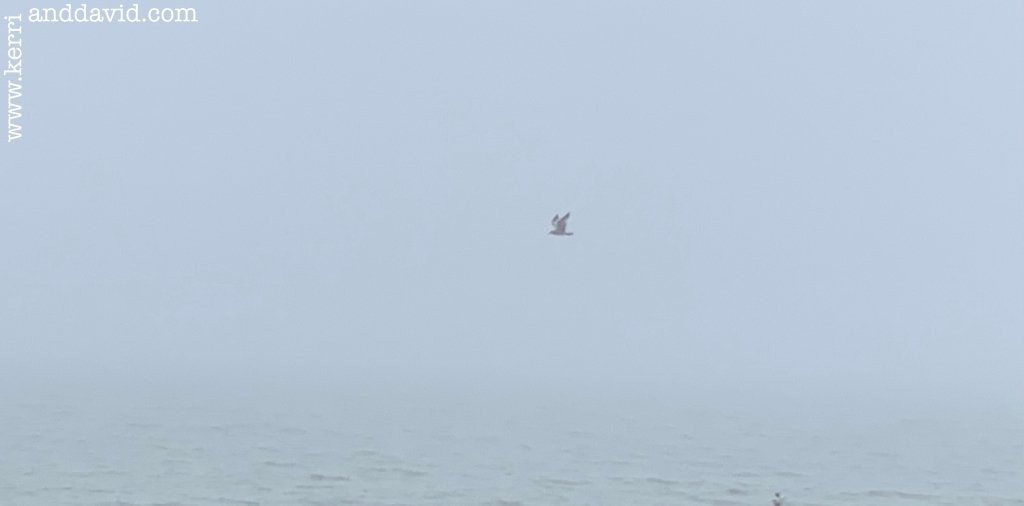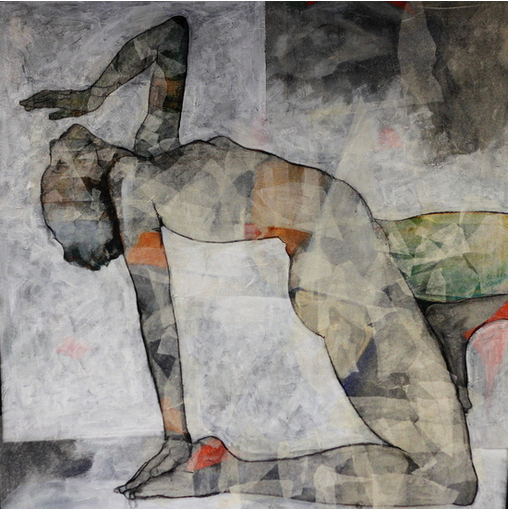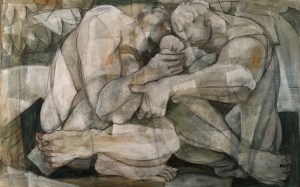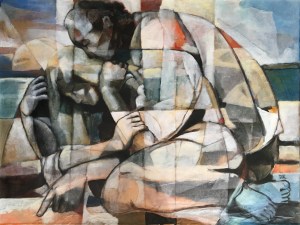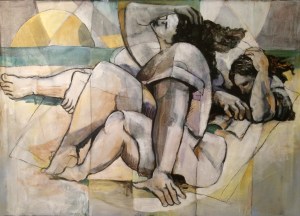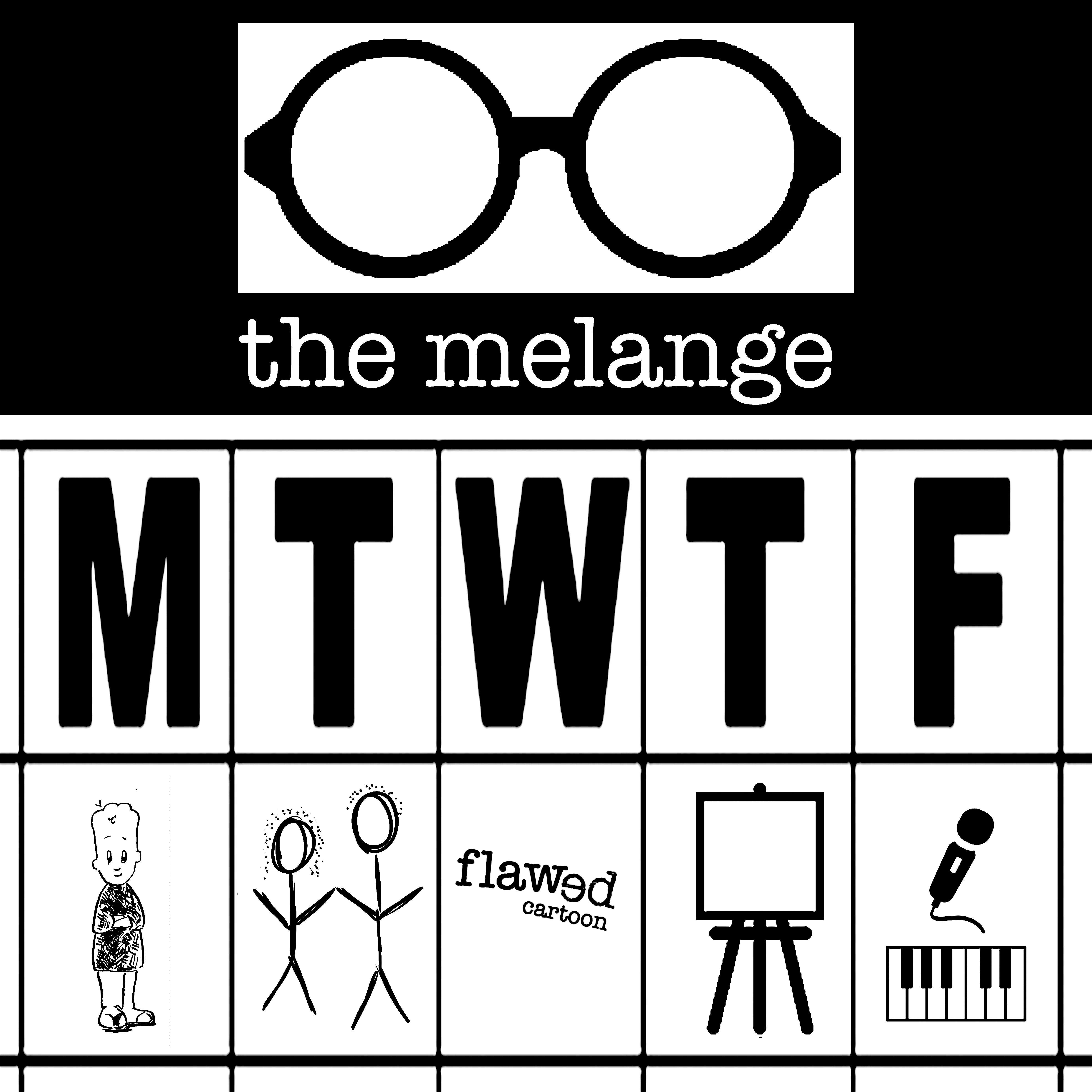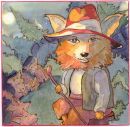My call with Norm could not have been better timed. For some reason I’d recently dipped my toes into an old thought-pool and our conversation was like a ripple across the water. He is working with a team dedicated to self-empowerment, articulating purpose, making better relationships and a better world. I laughed as he reminded me of a younger version of myself.
A few days ago I wrote a phrase twice on a piece of paper. My Whole Life. My Whole Life. The phrase could mean “my entire life.” It could also mean “my flawless life.” I’m hard-pressed to conjure up a single example of someone who considers their life-story whole.
The words “purpose,” “power,” “voice” and “strength” populate the contemporary quest through the wasteland. We seek our power. We search for our unique voice. We hire coaches. We consume curriculum. We attempt to tune ourselves to wholeness like we tune our cars for the road.
There is a profound lesson in all of the great stories [stories are terrific guides…] and it is simply this: you can’t find “it” out there. You already have “it” and will, if you are lucky, realize “it” when you give up the search. Stand still. Feel the sun on your face.
The penny dropped for me while working with a group in the Netherlands. Everyone – every group I’ve ever worked with – wants to know “how?” There must be a prescription! What are the guaranteed six techniques to personal power? John O’Donohue wrote,“The gateway to our deepest identity is not through mechanical analysis.” In other words, there is no prescription. There isn’t a list. There are no tools to fix what is broken.
Parcival had his illusion shattered. The more he fought the dragons the worse the wasteland became. The grail castle came back to him only after he took off his armor, only after he completely relinquished and forgot about the fight.
None of this is to suggest that the search is ridiculous. It is not. It is a necessary process step in the cult of the individual. It is a necessity for people who believe themselves to be powerless to climb on a warhorse and ride into a personal hero tale. The knight will also need to flee from or fight with the inner-dark-anti-hero, the one who cries “fraud” or “loser” or “worthless” that serves as the shadow, the balance point of every power quest. The more he fight the dragons the worse the wasteland becomes.
“Let go of the hero,” Harald taught me, “and the anti-hero will also disappear.” Then, and only then, do we find the the middle way and the selflessness that comes with it. Some traditions call “it” presence. Some call “it” illumination. Some call “it” self-actualization. Some call “it” getting neutral or detachment. Some call “it” wholeness. Most locate “it” in the middle way.
Icarus did not listen to his father who warned him not to fly too close to the sun as it would melt the wax holding together his wings – and to not fly too close to the sea as the water vapor would make the feathers of his wings too heavy for flight. “Fly in the middle,” Daedalus cautioned. “Fly the middle way.”
Icarus, so the story tells us, became enamored of his ability to fly, so lost in his new power, that he soared toward the sun. Only when he was plummeting from the sky did he remember his father’s caution, “Fly the middle way. Fly the middle way and live.”
read Kerri’s blog post about ICARUS
icarus ©️ 2004 david robinson
Filed under: Art, Awakening, DR Thursday, Edges, Emergence, Identity, Metaphor, Transcendence, Truly Powerful People | Tagged: david robinson, davidrobinsoncreative.com, icarus, illumination, Kerri Sherwood, kerri sherwood itunes, kerrianddavid.com, kerrisherwood.com, middle way, presence, self help, self improvement, self knowledge, self worth, self-love | Leave a comment »




